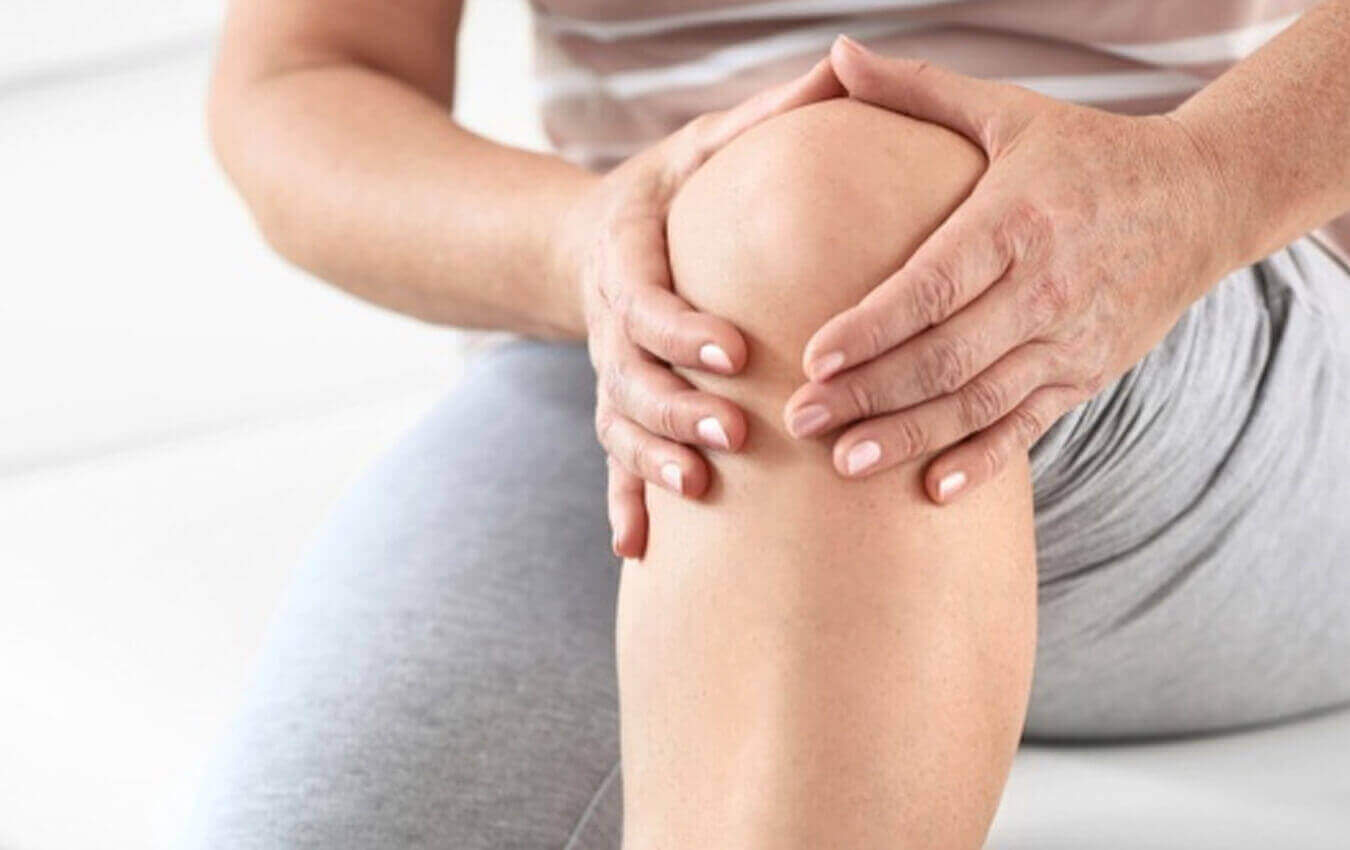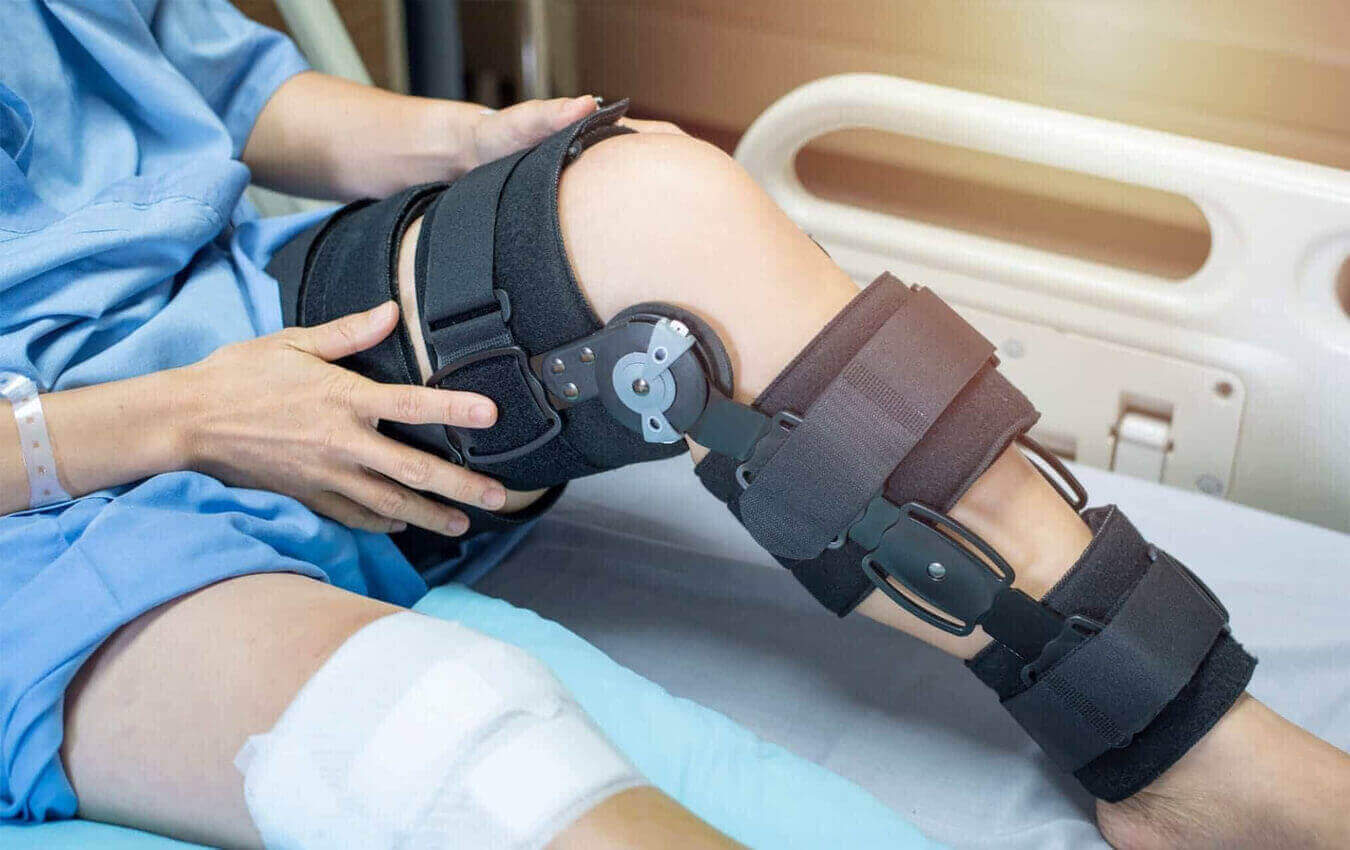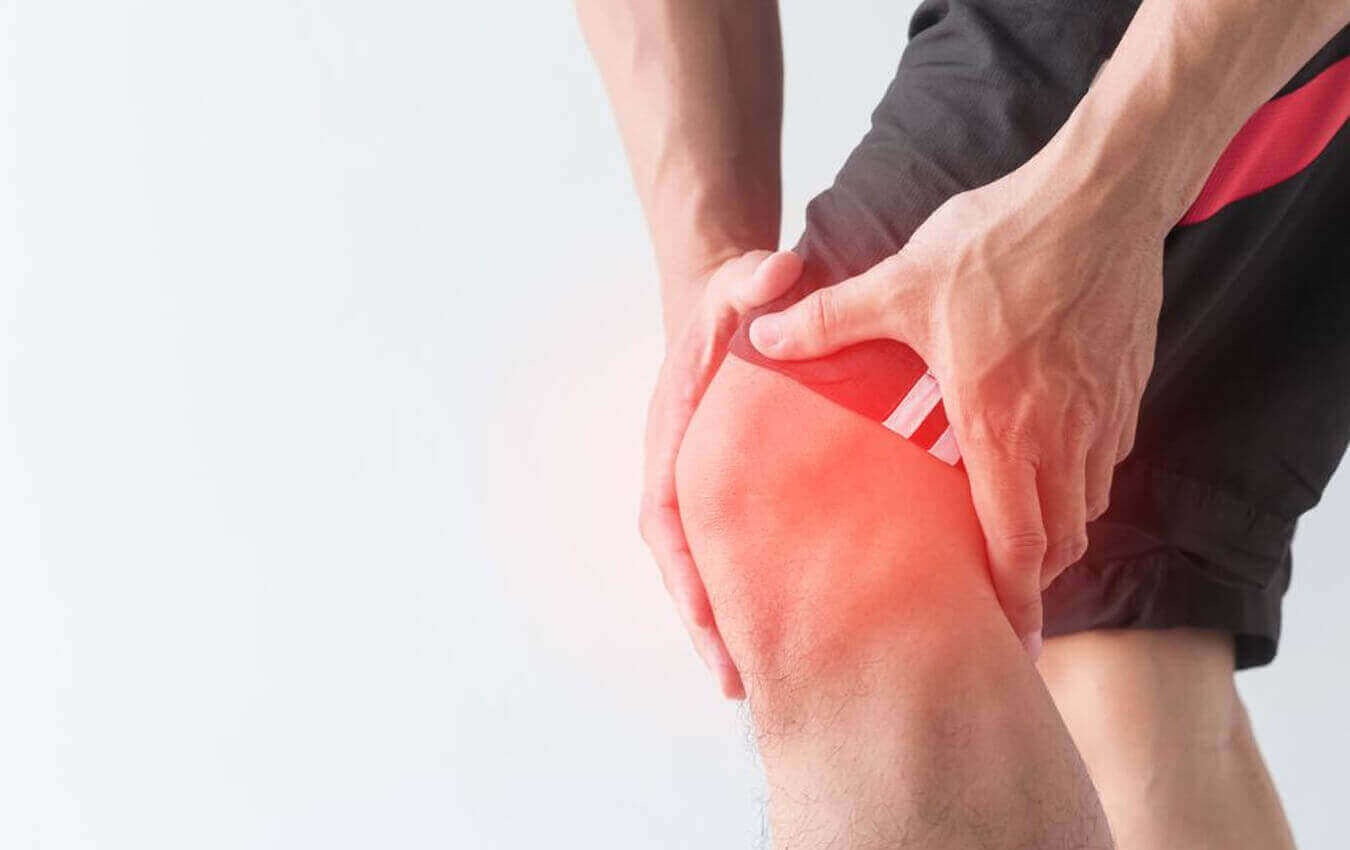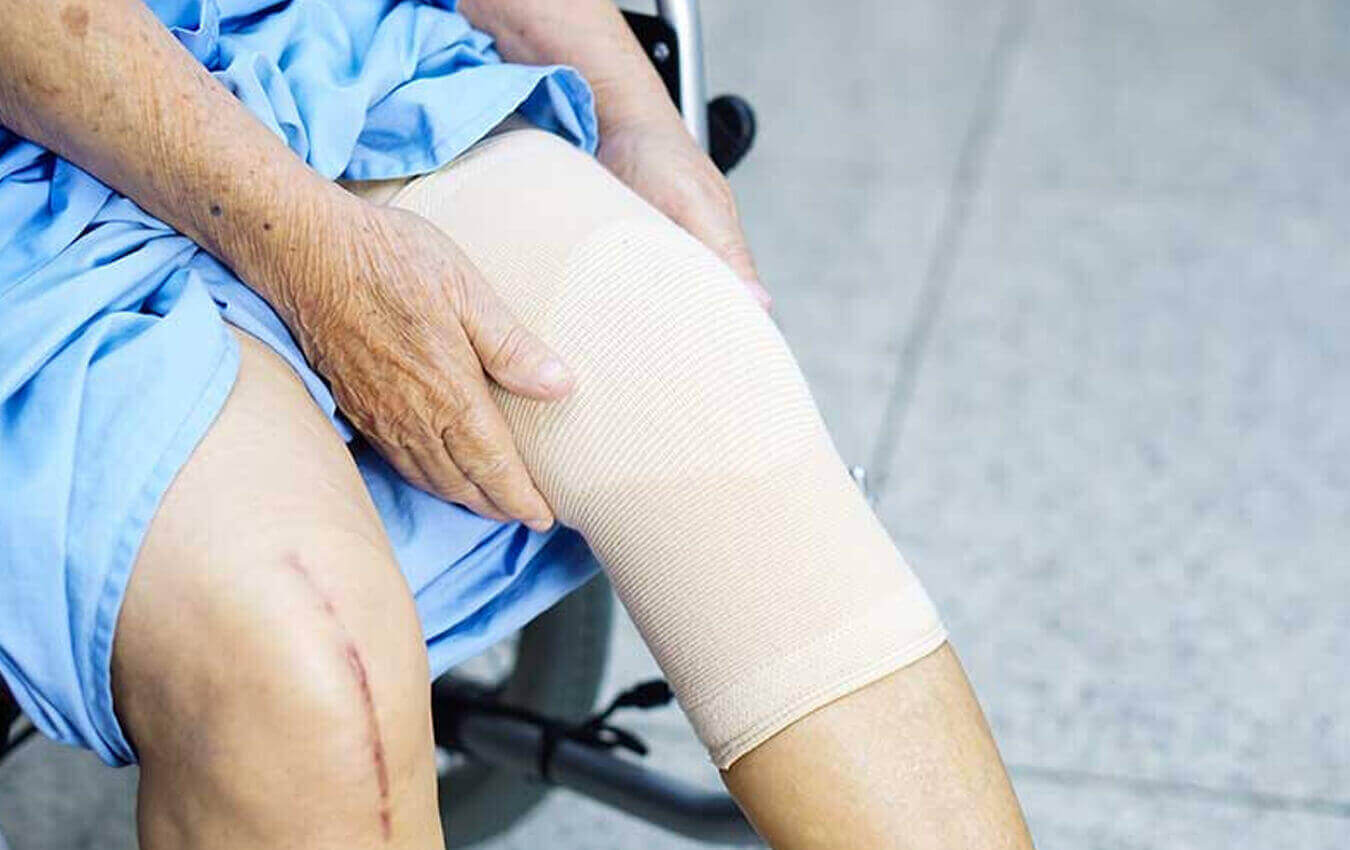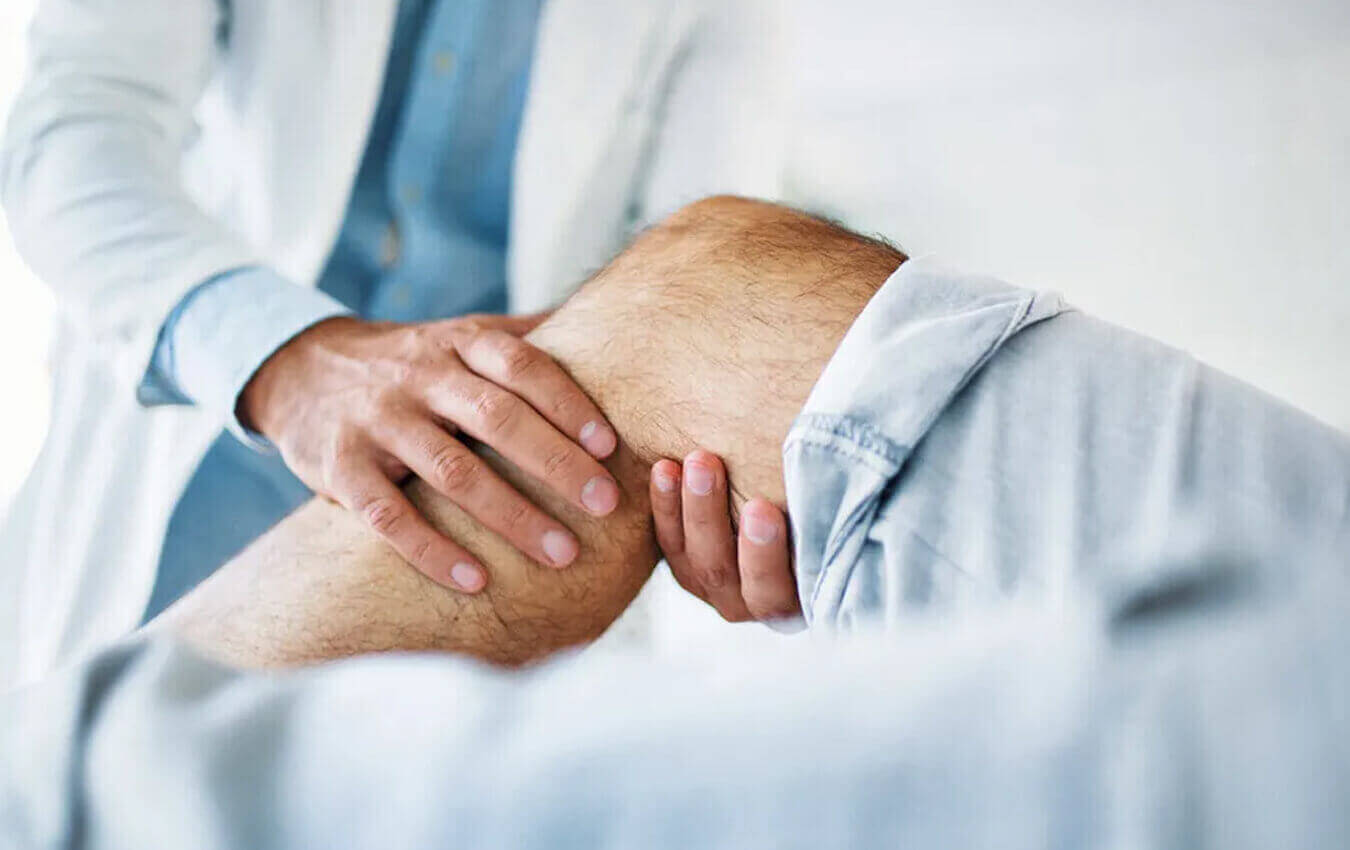A forceful movement that leads to full rotation by applying
the whole body weight on the knee results in tearing the
Meniscus. Tearing of the Meniscus causes pain, swelling, and
the patient could not move the knee freely. Severe cases
require surgery, but most patients felt relieved by just some
icing, painkillers, and physiotherapy.
The best treatment for Meniscal Tears is avoiding any forceful movement on the knee and doing physiotherapy regularly.
The best treatment for Meniscal Tears is avoiding any forceful movement on the knee and doing physiotherapy regularly.
Symptoms of Meniscus Tears are pain and difficulty while
walking. For painkillers and swelling in the knee, the patient
must consult a doctor. Overall symptoms of Meniscus tear
are:
- Not able to move the knee in regular motion.
- Swelling in the knee.
- The sensation of the movement of the knee is almost lost.
- Extreme pain is experienced when pressure is exerted.
A forceful jerk that exerts full body weight on the knee
causes tearing of the Meniscus. Along with the assertive
rotation of the knee, powerful squats, and many a time, heavy
weight lifting also causes tearing of the Meniscus. Also, due
to ageing, many older people experience tearing of the
Meniscus.
The best treatment for Meniscus Tears is icing and painkillers in extreme pain.
The best treatment for Meniscus Tears is icing and painkillers in extreme pain.
The factors that lead to severe risk and danger to the
patients suffering from Meniscus Tears are as follows:
- Obesity leads to Meniscus Tears.
- Sports like football, tennis, and basketball, and athletes include sudden jerks in the knee with full body weight pressure on the knee.
- Ageing also results in the tearing of the Meniscus.
The damage can be lifelong if the affected knee develops
osteoarthritis. In many cases, the pain in the knee is extreme
and does not go away. The immobility of the knee results in
stiffness and irregularity while walking.
The problem of Meniscus Tears can be identified by observing
the movement of your knee while rotating and walking. Doctors
suggest an X-ray and MRI for better exposure to detect the
Meniscus's tearing inside the knee.
The activities that include forceful movements on the knee that provide a sudden jerk like sports and jumps need to be kept at bay to avoid severe complications that lead to lifelong disorder.
Painkillers, icing, and rest are mainly suggested in the Meniscus Tears. The problem can be better with time if taken care of.
- X-ray: X-rays would not reflect anything inside the cartilage but would show details like bone cracks and tissue tearing.
- MRI: The imaging technique of the MRI helps in the best detection of Meniscus Tears. The MRI helps capture the images of soft and hard tissues that provide better exposure in discovering the tearing.
The activities that include forceful movements on the knee that provide a sudden jerk like sports and jumps need to be kept at bay to avoid severe complications that lead to lifelong disorder.
Painkillers, icing, and rest are mainly suggested in the Meniscus Tears. The problem can be better with time if taken care of.
